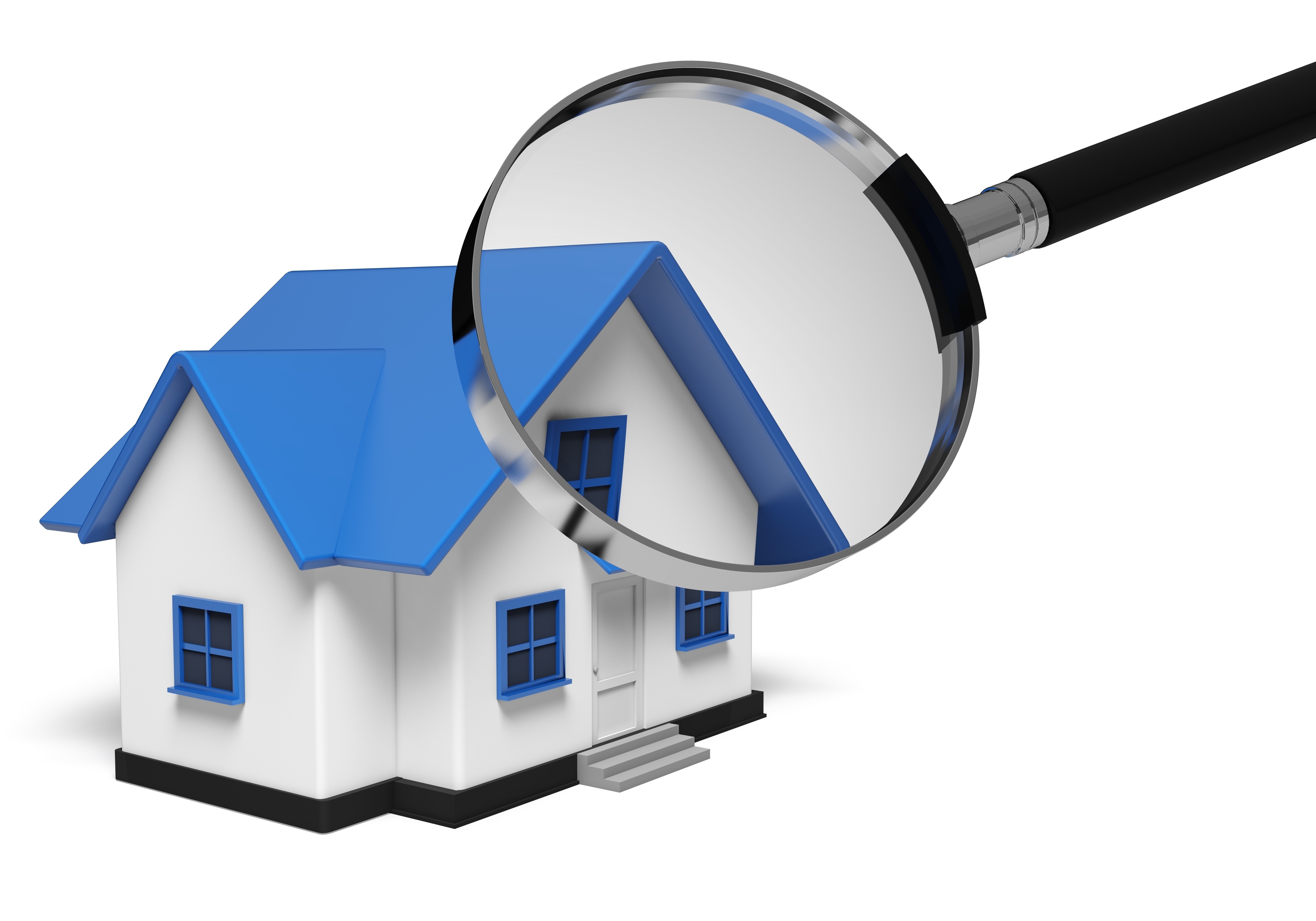
Understanding AppraisalsAcquiring a home is the most important financial decision many of us may ever encounter. Whether it's where you raise your family, a seasonal vacation property or an investment, purchasing real property is an involved transaction that requires multiple people working in concert to pull it all off. Practically all the participants are very familiar. The real estate agent is the most recognizable person in the exchange. Then, the mortgage company provides the money needed to finance the exchange. And the title company makes sure that all requirements of the sale are completed and that the title is clear to pass to the buyer from the seller. So, what party is responsible for making sure the real estate is worth the purchase price? This is where the appraiser comes in. We provide an unbiased opinion of what a buyer might expect to pay — or a seller receive — for a parcel of real estate, where both buyer and seller are informed parties. A licensed, certified, professional appraiser from Ryan Pulaski will ensure, you as an interested party, are informed. Appraisals start with the inspectionTo ascertain the true status of the property, it's our duty to first complete a thorough inspection. We must physically view features, such as the number of bedrooms and bathrooms, the location, amenities, etc., to ensure they truly are present and are in the shape a typical buyer would expect them to be. The inspection often includes a sketch of the floorplan, ensuring the square footage is accurate and illustrating the layout of the property. Most importantly, the appraiser identifies any obvious features - or defects - that would have an impact on the value of the house. Back at the office, we use two or three approaches to determining the value of real property: sales comparison and, in the case of a rental property, an income approach. 
Cost ApproachHere, the appraiser uses information on local construction costs, the cost of labor and other factors to derive how much it would cost to construct a property comparable to the one being appraised. This value usually sets the maximum on what a property would sell for. The cost approach is also the least used predictor of value. 
Sales ComparisonAppraisers can tell you a lot about the subdivisions in which they work. They thoroughly understand the value of particular features to the people of that area. Then, the appraiser researches recent sales in close proximity to the subject and finds properties which are 'comparable' to the property at hand. By assigning a dollar value to certain items such as upgraded appliances, additional bathrooms, additional living area, quality of construction, lot size, we adjust the comparable properties so that they more accurately portray the features of subject.
Once all necessary adjustments have been made, the appraiser reconciles the adjusted sales prices of all the comps and then derives an opinion of what the subject could sell for. When it comes to putting a value on features of homes in Baltimore and Baltimore, Ryan Pulaski is second to none. This approach to value is typically given the most importance when an appraisal is for a real estate exchange. Valuation Using the Income ApproachIn the case of income producing properties - rental houses for example - the appraiser may use an additional approach to value. In this case, the amount of revenue the real estate produces is taken into consideration along with other rents in the area for comparable properties to derive the current value. The Bottom LineAnalyzing the data from all applicable approaches, the appraiser is then ready to document an estimated market value for the subject property. The estimate of value at the bottom of the appraisal report is not always what's being paid for the property even though it is likely the best indication of a property's valuePrices can always be driven up or down by extenuating circumstances like the motivation or urgency of a seller or 'bidding wars'. Regardless, the appraised value is often employed as a guideline for lenders who don't want to loan a buyer more money than they could recover in the event they had to sell the property again. Here's what it all boils down to, an appraiser from Ryan Pulaski will guarantee you attain the most fair and balanced property value, so you can make wise real estate decisions. |